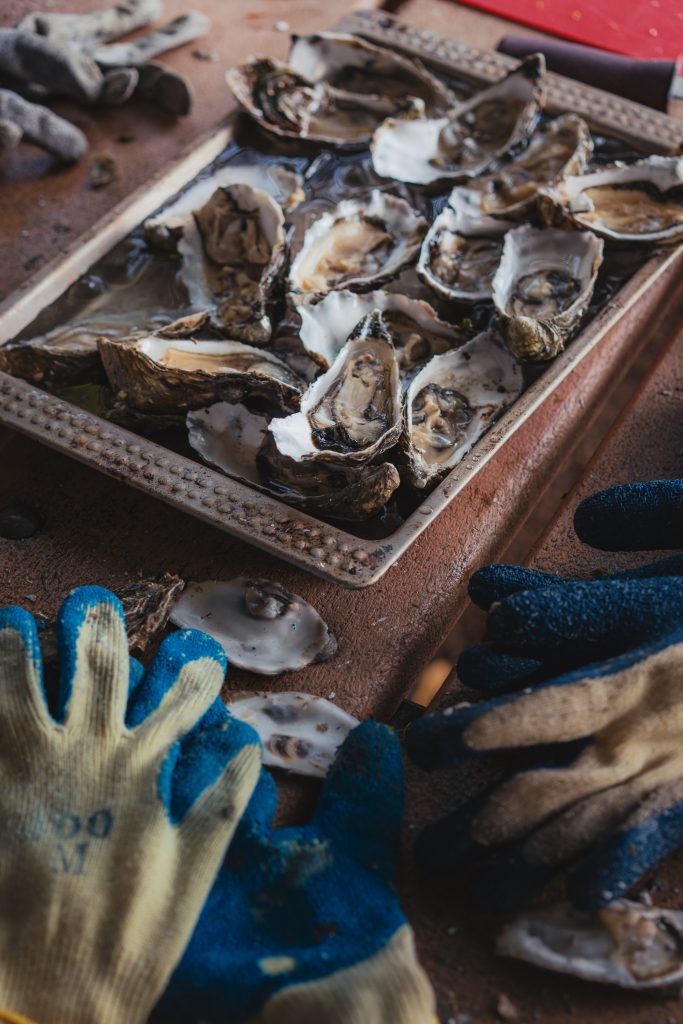Pearl farming is a lucrative business opportunity, slowly gaining momentum in the country. Although it is not new, people hardly took any interest in pearl farming until recently. Since the pandemic last year, pearl farming has piqued the interest of many as it requires limited human resources and the end product holds a high value. Lately, many farmers have made huge profits with this form of aquaculture business, selling pearls within India as well as exporting to countries abroad.
Pearl oysters do not require artificial feeds, complicated farm structure, or constant attention. Hence it is a relatively simple farming technique. And especially for those with boating, diving, or fishing skills, pearl farming can be an interesting business venture. Another advantage of pearl production is that the final products are non-perishable. Pearl farming can be done through various methods- from cultivating the oysters in ponds, cement tubs, or even fish tanks.

Although pearl farming can offer a lucrative livelihood to farmers, many struggle in their initial attempts to set up this business as there is limited information available.
If you are looking to set up a pearl farming business and produce high-quality pearls, this article will help you.
How to get started?
- Along with an initial investment, you also need to dedicate your time as pearl farming is a long-term project.
- Before starting, it is important to ensure that the environment is favorable for pearl cultivation. For instance, pearl mussels require a pH in the range of 7 to 8. One must also ensure the right water temperature and check the quality of the water. The water testing can be done at any government laboratory to check if the oysters will survive or not.
- October to December or the time of autumn is considered the right season for pearl cultivation in India as the weather and water conditions are calm. Pearls thrive in a stable and peaceful environment.
- You must ensure that you have a steady source of oysters for farming and have a fair knowledge and expertise in grafting processes.
- One important aspect is to not buy oysters from other states to cultivate as the climatic and water conditions will be very different. Finding the oysters from your own region is the right choice for a successful pearl farming business.
- If you want to make desired profits, it is important to gain proper training. Central Institute of Freshwater Aquaculture, Bhubaneswar offers specialized training for pearl farming. Several other training programs and farmer-led initiatives are also offering technical training in this field- Farmers Help, Krishi Vigyan Kendra to name a few.
Process of Pearl Farming
- Pearl farming can be done in a pond of about 10×10 ft or larger for beads.
- For pearls, a small pond of around 0.4 ha is required with a maximum of 25,000 oysters.
- The oysters are generally caught from freshwater bodies like rivers, ponds, etc, or simply purchased from a seller.
- A small surgical insertion is made in the oyster to insert simple as well as designed. beads, roughly 4-6mm in size, and then, the oysters are closed.
- The oysters are stored safely in nylon bags for 10 days on antibiotic or natural feed.
- These are examined daily and the dead oysters are removed at this stage.
- After post-operative care, these oysters are put into the ponds in the nylon bags.
- After 8-10 months, the oysters create a pearl inside. The oyster is then ripped off to pull out the pearl.

Costs and Profits associated with this venture
The scope of Pearl Farming is growing rapidly in India, promising good returns for farmers. Purchasing a single oyster costs roughly 20-30 rupees and the oyster pearls can be sold in the price range of Rs 300- 1500. The pearls are in high demand not just in India but can be exported to international markets as well. Several decorative home items and jewelry etc can also be made from oysters. Additionally, perfume oil can also be extracted from oysters. Cultivating oysters is also beneficial in purifying the water in the river or pond where it is stored.
While there is a huge demand for pearls, currently the supply is being imported from countries like China and Japan. Government initiatives are being undertaken to make use of the knowledge available within the country and promote pearl farming in the country. There are also different online channels through which farmers can sell their pearls to customers. One such marketplace is Farmsnation where you can register as a farmer and start selling the pearls online. This presents a promising opportunity for farmers to make a living in this domain.
